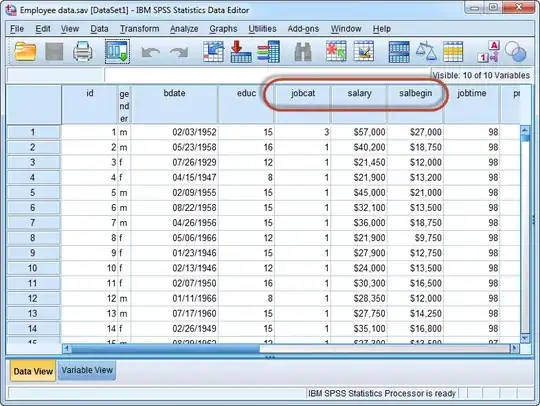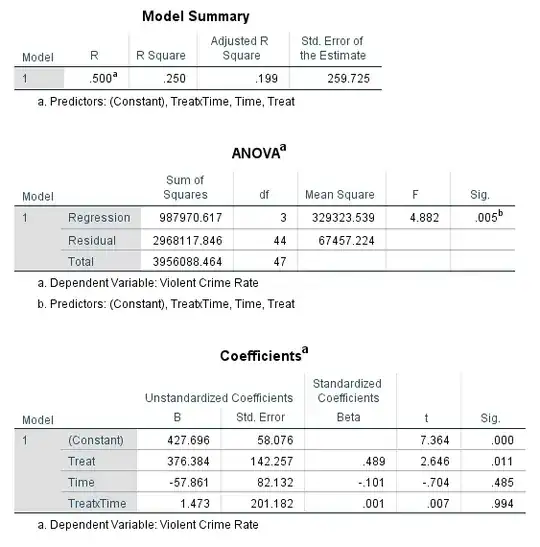There is a difference between unconditional mean and conditional mean, as there is between unconditional variance and conditional variance.
Mean
For a random walk
$$
Y_t=Y_{t-1}+\varepsilon_t
$$
with $\varepsilon_t\sim i.i.d(0,\sigma_\varepsilon^2)$, the condtional mean is
$$
\mathbb{E}(Y_{t+h}|Y_{t})=Y_t
$$
for $h>0$. This means that given the last observed value $Y_t$, the conditional mean of the process after $h$ periods, $\mathbb{E}(Y_{t+h}|Y_{t})$, is that value, regardless of how much time $h$ has passed. If time starts at $t=0$, then we have the mean conditional on the initial value being $\mathbb{E}(Y_{h}|Y_{0})$. From this we can see that the conditional mean varies with the conditioning information but not the time differential $h$.
Meanwhile, the unconditional mean at any fixed time point $h$ is zero:
$$
\mathbb{E}(Y_{h})=\mathbb{E}(\sum_{i=0}^h\varepsilon_i)=\sum_{i=0}^h\mathbb{E}(\varepsilon_i)=\sum_{i=0}^h(0)=0.
$$
Since it does not vary with $h$, we could say the mean of the process is zero.
Variance
The conditional variance is
$$
\text{Var}(Y_{t+h}|Y_t)=h\sigma_\varepsilon^2.
$$
For a fixed time differential $h$, the conditional variance is not increasing (the fluctuations are not getting wilder) over time, but conditional on some fixed time point the unconditional variance grows linearly with the time difference. Thus contrary to the conditional mean, the conditional variance does not vary with the conditioning information but does vary with (namely, grows linearly in) the time differential $h$.
Meanwhile, the unconditional variance at any fixed time point $h$ is the number of the time point $h$ times the variance of the increment term:
$$
\text{Var}(Y_h)=\text{Var}(\sum_{i=0}^h\varepsilon_i)=\sum_{i=0}^h\text{Var}(\varepsilon_i)=\sum_{i=0}^h(\sigma_\varepsilon^2)=h \sigma_\varepsilon^2
$$
where the second equality uses the independence of the increments $\varepsilon_i$. Note that we can easily define the variance at a fixed time point but it is not as simple otherwise. Without being very rigorous, one could say the variance is undefined for an undefined time point. (This is in contrast to the mean.)

